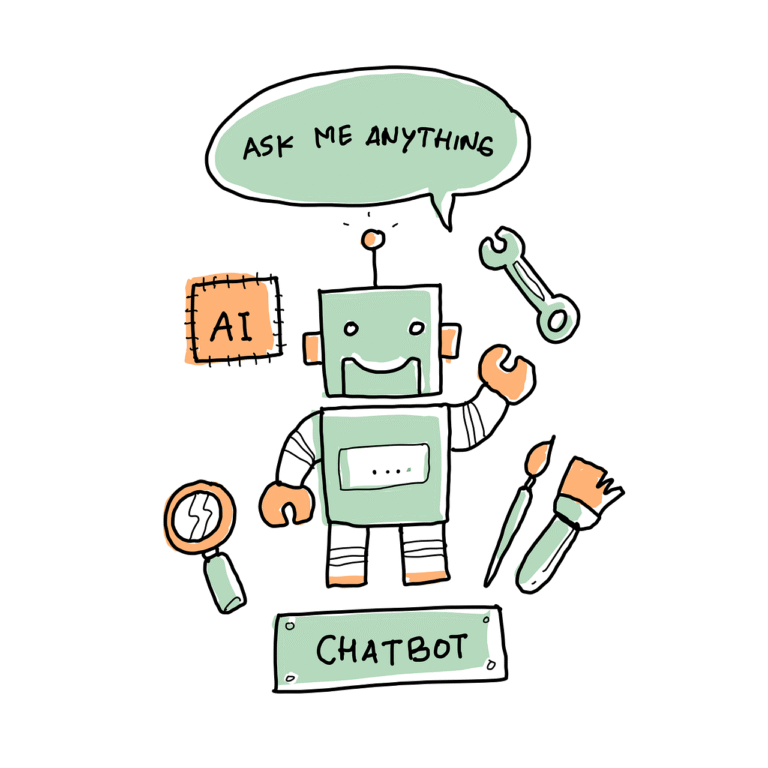Revolutionizing Content Creation with AI: A Comprehensive Guide
AI-powered tools can generate high-quality content at scale, saving time and resources for your team. By harnessing natural language processing and machine learning algorithms, AI ensures consistency and relevance in your content strategy.
One of the key benefits of AI-driven content creation is its ability to analyze vast amounts of data and generate content that resonates with specific audiences. This is particularly useful for businesses that need to produce a high volume of content across multiple channels, such as social media, blogs, and websites. By leveraging AI, companies can streamline their content creation process, reducing the time and effort required to produce engaging and informative content.
AI-driven content creation also enables businesses to personalize their content, tailoring it to individual customer preferences and behaviors. This can be achieved through the use of machine learning algorithms that analyze customer data and generate content that is relevant to their interests and needs. For instance, AI-powered chatbots can be used to create personalized product recommendations, while AI-driven email marketing campaigns can be tailored to specific customer segments.
As AI technology continues to evolve, we can expect to see even more innovative applications of AI-driven content creation. For example, AI-powered tools can be used to generate immersive and interactive content, such as virtual reality experiences and interactive videos. Additionally, AI can be used to optimize content for search engines, improving a company’s online visibility and driving more traffic to their website. By embracing AI-driven content creation, businesses can stay ahead of the curve and revolutionize the way they create and distribute content to their audiences.
AI-driven Content Creation
Automate document processing tasks with AI to improve accuracy and speed. From data extraction to document classification, AI streamlines workflows, reducing manual errors and enhancing compliance measures. One of the primary benefits of AI in document processing is its ability to quickly and accurately extract relevant information from large volumes of documents, freeing up staff to focus on higher-value tasks. By leveraging machine learning algorithms, AI can learn to identify and extract specific data points, such as names, dates, and keywords, with a high degree of accuracy. This not only saves time but also reduces the risk of human error, which can lead to costly mistakes and delays. Furthermore, AI-powered document processing can help organizations improve their compliance measures by automatically identifying and flagging sensitive information, such as personal identifiable information (PII) or confidential business data. This ensures that sensitive information is handled and stored in accordance with relevant regulations and industry standards, reducing the risk of data breaches and non-compliance. In addition to data extraction, AI can also be used to classify and categorize documents, making it easier to search, retrieve, and manage large volumes of documentation. This can be particularly useful for organizations that need to manage complex document workflows, such as contract management or invoice processing. By automating document classification, AI can help organizations improve their document management processes, reducing the time and effort required to find and retrieve specific documents. Overall, the use of AI in document processing has the potential to revolutionize the way organizations manage their documentation, improving efficiency, accuracy, and compliance, while also reducing costs and improving productivity.
Efficiency in Document Processing
Implement AI chatbots on your website and customer service channels to provide instant support and personalized interactions. Chatbots can handle common queries, schedule appointments, and guide clients through complex processes, enhancing the overall customer experience. By leveraging AI-powered chatbots, businesses can ensure that their customers receive timely and relevant support, thereby increasing customer satisfaction and loyalty. Furthermore, chatbots can be integrated with various platforms, such as messaging apps and voice assistants, to provide a seamless and omnichannel experience. This not only expands the reach of customer support but also enables businesses to engage with customers in a more personalized and effective manner. As a result, AI chatbots have become an essential tool for businesses seeking to revolutionize their customer service and stay ahead of the competition. In addition to providing support, chatbots can also be used to proactively engage with customers, offering them personalized recommendations and promotions based on their preferences and behavior. This can be achieved through the use of machine learning algorithms that analyze customer data and provide insights into their needs and preferences. By leveraging these insights, businesses can create targeted marketing campaigns that resonate with their customers, driving sales and revenue growth. The use of chatbots in customer service also enables businesses to collect valuable feedback and insights from customers, which can be used to improve their products and services. This feedback can be collected through surveys, reviews, and ratings, providing businesses with a comprehensive understanding of their customers’ needs and preferences. By analyzing this feedback, businesses can identify areas for improvement and make data-driven decisions to enhance their customer experience and stay competitive in the market.
Enhanced Customer Engagement with Chatbots
AI enables personalized client communications by analyzing data and tailoring messages to individual preferences. From email marketing to client education materials, AI helps you deliver targeted and relevant content that resonates with your audience. One of the key benefits of AI-driven personalization is its ability to enhance customer engagement, fostering a sense of connection and loyalty between the client and the brand. By leveraging machine learning algorithms, businesses can create highly customized communication strategies that cater to the unique needs and interests of each client, resulting in more effective and meaningful interactions. Furthermore, AI-powered personalization can be applied to various aspects of client communications, including social media, chatbots, and even voice assistants, allowing businesses to reach their clients through their preferred channels. As AI technology continues to evolve, we can expect to see even more innovative applications of personalization in client communications, revolutionizing the way businesses interact with their clients and deliver value to them. Additionally, the use of AI in personalization can also help businesses to automate routine communication tasks, freeing up staff to focus on more complex and high-value tasks that require a human touch. Overall, the integration of AI in client communications has the potential to transform the way businesses build and maintain relationships with their clients, driving growth, loyalty, and long-term success. Moreover, AI can help businesses to measure the effectiveness of their personalized communication strategies, providing valuable insights and data that can be used to refine and optimize their approach over time. By embracing AI-driven personalization, businesses can stay ahead of the curve and deliver exceptional client experiences that set them apart from the competition.
Personalization in Client Communications
Utilize AI solutions to automate compliance communications and client education workflows. By leveraging AI for regulatory updates, training materials, and policy documentation, you can ensure consistency, accuracy, and transparency in your operations.
One of the primary benefits of AI-driven compliance and client education is the ability to scale workflows efficiently. As your organization grows, manual processes can become cumbersome and prone to errors, leading to potential compliance risks. AI solutions can help mitigate these risks by automating routine tasks, such as generating compliance reports, tracking regulatory changes, and distributing updated policy documents to relevant stakeholders.
AI can also enhance client education by providing personalized and engaging content. For instance, chatbots can be used to offer interactive training sessions, answering frequent questions and addressing specific concerns in real-time. Moreover, AI-powered analytics can help identify knowledge gaps and areas of improvement, enabling you to refine your client education strategies and improve overall customer satisfaction.
Furthermore, AI-driven compliance and client education can facilitate a culture of transparency and trust within your organization. By leveraging AI to generate clear, concise, and accessible policy documents, you can ensure that all stakeholders are informed and aligned with regulatory requirements. Additionally, AI-powered audit trails and version control can help demonstrate compliance with regulatory bodies, reducing the risk of non-compliance and associated reputational damage.



